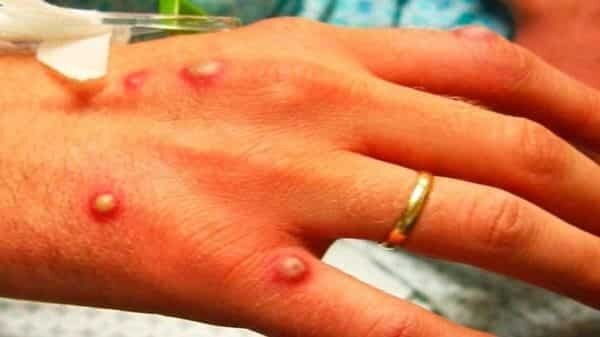
The Ministry of Health says it has received a report from World Health Organization (WHO) about Monkeypox cases in United States of America (USA) and in some countries in Europe and Asia.
In a press statement today, Secretary for Health Charles Mwansambo said the the disease has not been reported in Malawi but the ministry in collaboration with the WHO is continuously monitoring the outbreak in affected countries.
At country level, the Ministry is using the WHO approved Integrated Disease Surveillance and Response (IDSR) and the International Health Regulations (IHR) to monitor the situation.
“The Ministry is screening all travelers and has put in measures to manage those that are suspected of infection from emerging diseases such as COVID-19 and monkeypox. The country already has treatment centres for these diseases.
“The public is advised to continue observing general good personal hygiene practices such as hand washing with soap and observing social distance (the same measures as used to prevent and control COVID-19 and Ebola),” said Mwansambo.
Monkeypox is usually a self-limiting disease with symptoms lasting from 2 to 4 weeks. Severe cases can occur. In recent times, the case fatality ratio has been around 3–6%.
The recent reports show that around 250 cases (confirmed and unconfirmed cases) have been reported in 16 countries.
Mwansambo said that experts have described the event as “random” but “containable”.
He said the desease’s signs and symptoms are similar to but milder than the symptoms of smallpox.
The incubation period (time from infection to symptoms) for monkeypox is usually 7−14 days but can range from 5−21 days.
The illness begins with fever, headache, muscle aches, backache, swollen lymph nodes, chills, exhaustion.
Within 1 to 3 days (sometimes longer) after the appearance of fever, the patient develops a rash (which starts as Macules then Papules, Vesicles, Pustules and Scabs), often beginning on the face then spreading to other parts of the body.
“Monkeypox is a viral zoonosis (a virus transmitted to humans from animals) with symptoms similar to those seen in the past in smallpox patients, although it is clinically less severe,” he explained.
He added that the transmission of monkeypox virus occurs when a person comes into contact with the virus from an animal, human, or materials contaminated with the virus. The virus enters the body through broken skin (even if not visible), respiratory tract, or the mucous membranes (eyes, nose, or mouth).
Animal-to-human transmission may occur by bite or scratch, bush meat preparation, direct contact with body fluids or lesion material, or indirect contact with lesion material, such as through contaminated bedding.
Human-to-human transmission is thought to occur primarily through large respiratory droplets.
Respiratory droplets generally cannot travel more than a few feet, so prolonged face-to-face contact is required.
Other human-to-human methods of transmission include direct contact with body fluids or lesion material, and indirect contact with lesion material, such as through contaminated clothing or linens.
Prevention measures for monkeypox include hand and respiratory hygiene, and safe food
practices.
People are advised to wash hands with soap and water or alcohol-based hand rub, cover mouth and nose with a medical mask, tissue, or a sleeve or flexed elbow when
coughing or sneezing, avoid unprotected close contact with anyone developing cold or flu-like symptoms and to seek medical care if you have a fever, cough and difficulty breathing.














